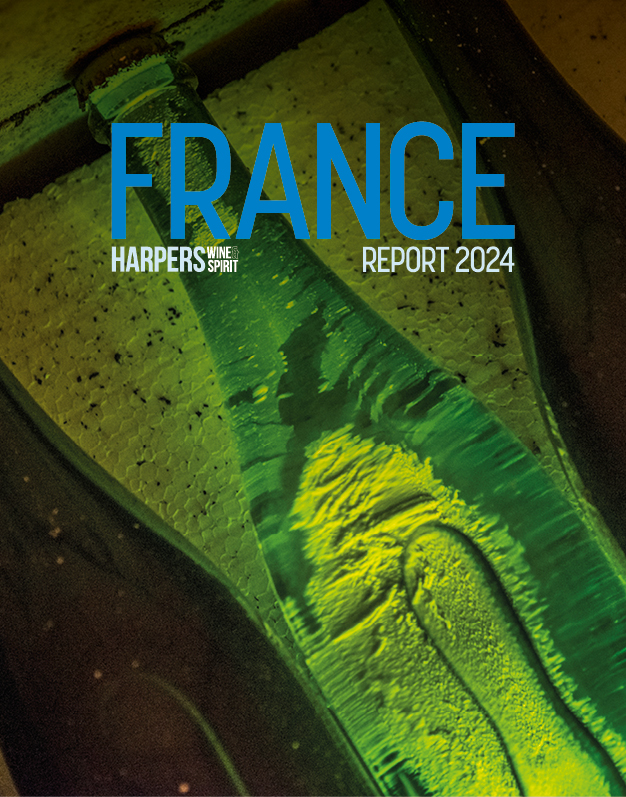
Unearthed - the true story of the birth of wine
Researchers from Domaine of the Bee have rediscovered a primitive winemaking culture deep in the Caucasus mountains who have been making wine the same way for thousands of years.
In scenes that recall Peter Cook and Dudley Moore's 'The Leaping Nuns of Norwich', an elite squad of winemaking monks is being trained in the ancient ways of grape-worship by a mobile-phone toting priest who goes by the name of 'Bishop David'.
Clearing away the undergrowth, researchers couldn't believe their eyes when they found the sect of oenophile acolytles in an almost ruined 6th Century church.
Crucially, the monks do not tend any vines themselves (except one or two pet ones that grow in the grounds of the monastery), but rely on donations of grapes from devout parishioners that almost magically appear on the doorstep of the church / cellar on the day of harvest.
The pagan sacraments of earth worship that predates the Christian era still has echoes in the current orthodoxy, which now overlays a Christian symbolism onto winemaking practices that have been developed over many millennia.
An earthenware pot made of clay serves as a reminder that God fashioned Adam from clay, and it is shaped into a primitive simulacrum of Eve's womb. The pot is sunk up to its neck in the ground, and lined with melted beeswax before being filled with the foot-trodden grapes, stalks, pips and stems.
This symbolic 'virgin pregnancy' is visited by the holy spirit in the form of wild yeasts that begin the alcoholic fermentation spontaneously, and once the CO2 has subsided, the neck of the womb is sealed with wet clay and a slate lid, and covered with damp sand.
After several months of being confined in the dark, the earth joyously 'gives birth' to a new wine, as the neck of the womb is opened, and the baby wine takes its first breaths of God's clean air.
The clean wine is drawn off into clay jars, and kept until it is deemed to be ready for bottling.
The lees, pips and stalks are then distilled by the monks into a form of 'Holy Spirit' known as Cha-Cha, which is believed to be the origin of the name of the dance popularised in Europe at the turn of the 20th century - and said to be based on the stuttering steps of amazed joy that accompany the taking of a deep draught of the sacred libation.
A single bottle of this elixir has been smuggled back from the Caucasus via Istanbul, and will be opened on a secret day this spring at a special convening of the London chapter of the 'acolytes of the qvevri.'
For your chance to join the ranks of the open-hearted believers, and to participate in this extraordinary pre-Christian ritual, please click here.
If you are of a more sceptical frame of mind, and have noticed the date today, please click here.
So it is written.






